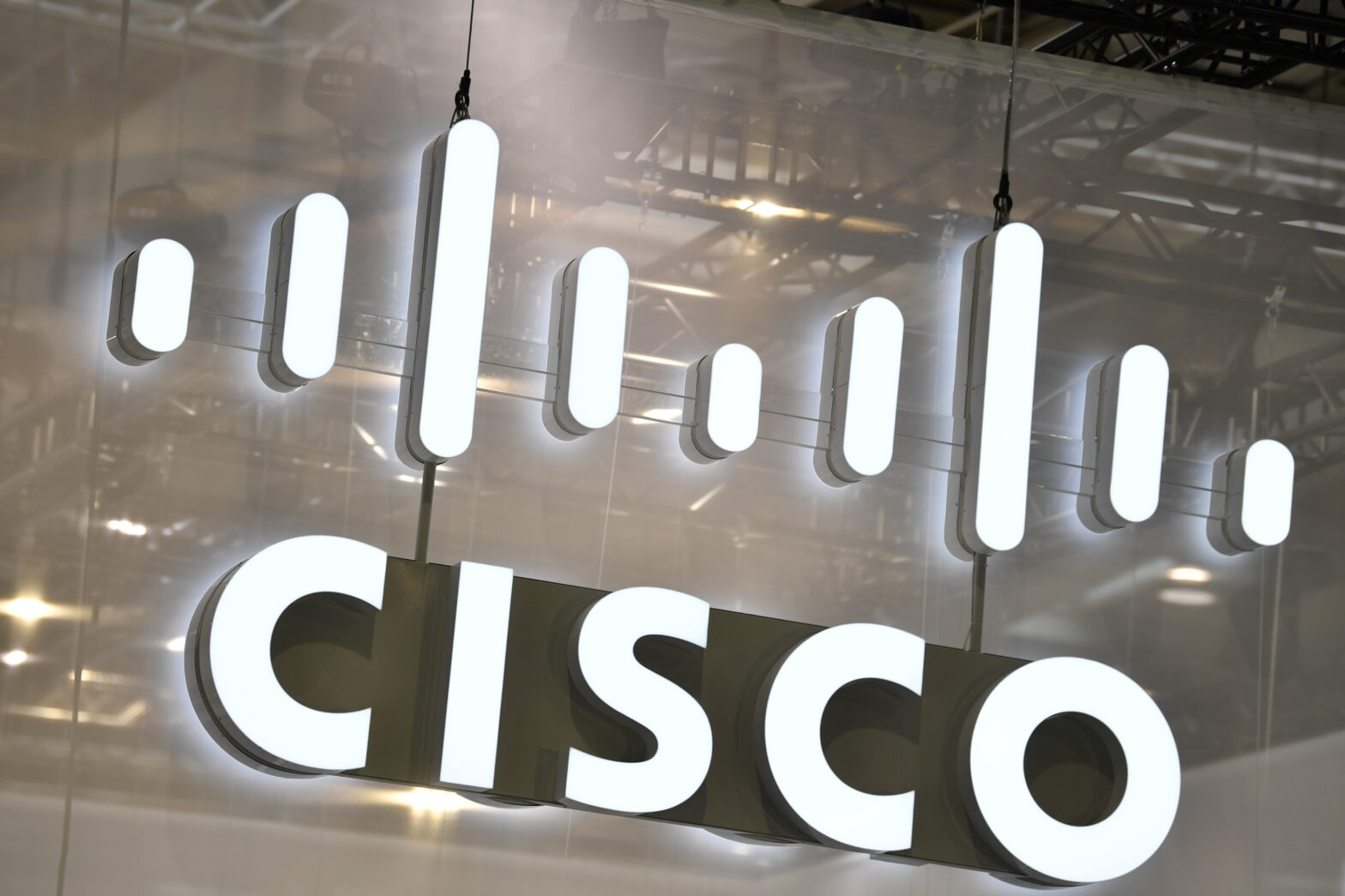In September 2006, having seen its share of the PC market slip behind archrival HP, computer maker Dell launched a high profile bid to reinvent itself.
The “Dell 2.0” campaign, as it was known, did not quickly stem the revenue decline the company was experiencing at the time, and then-CEO Kevin Rollins resigned just a few months after it was launched.
But the plan, roughly as it was laid out back then, is still underway. The company has bolstered its IT services arm – thanks to 2009’s $3.9 billion acquisition of Perot Systems – and added various technologies that move its product set up the “value chain” into data centre management, again through acquisition.
Meanwhile, it has continued to divest itself of its manufacturing operations, which were once its defining feature. In September 2010, for example, the European Union approved the sale of Dell’s Polish factory to Taiwanese electronics manufacturing company Foxconn.
One product of Dell’s repositioning is what it calls its Virtual Integrated Systems (VIS) architecture. This is a systems management tool suite, which the company says is designed to help customers manage mixed estates comprising virtual and physical servers.
It comprises a server provisioning tool named Advanced Infrastructure Manager, based on technology from Dell acquisition Scalent and, as of September 2010, a self-service portal named Creator that allows business units to provision their own virtualised infrastructure. In future, Dell says, VIS will also include an automated capacity-planning tool named Director, although this has yet to be built.
With VIS, Dell is hoping to capitalise on customers’ need to overcome the system management issues associated with virtualisation, such as virtual server sprawl, and their desire to achieve the full flexibility of IT resources that virtualisation can in theory deliver.
There are two markets for VIS, says IDC analyst Chris Ingle. “One is among Dell customers who are going ahead with a virtualisation strategy, who already have [systems management suites] IBM Tivoli and HP OpenView and who want to bring the two things together,” he says. Scalent’s technology hooks into these systems and can therefore be used as a bridge for certain low-level management functions, Ingle says.
A larger opportunity, though, is among smaller organisations whose virtual infrastructure is growing, but that cannot afford the aforementioned, enterprise systems management software.
There are a number of challenges Dell faces in addressing this market, however. The first is that potential customers may not yet be aware that they need such a tool. “Companies often aren’t aware of problems such as virtual server sprawl, so they are not necessarily aware of the need for a solution,” says Ingle. “And those companies haven’t historically allocated much budget to systems management.”
Another problem is that Dell many not have the experience required to sell this kind of software, which typical involves a longer, more consultative sales process than a rack of servers, although the Perot acquisition will certainly help in this regard.
“Our research has found that customers are receptive to hearing about systems management software from Dell,” says Ingle. “But it will take a lot of work with their own people to change the mindset towards these longer-term opportunities.”
However, he adds, Dell’s recent financial woes – its annual revenues have fallen since 2008 – may be enough to motivate that work. “The issues they’ve had over the past few years has probably caused them to rethink their sales processes any way,” says Ingle.









